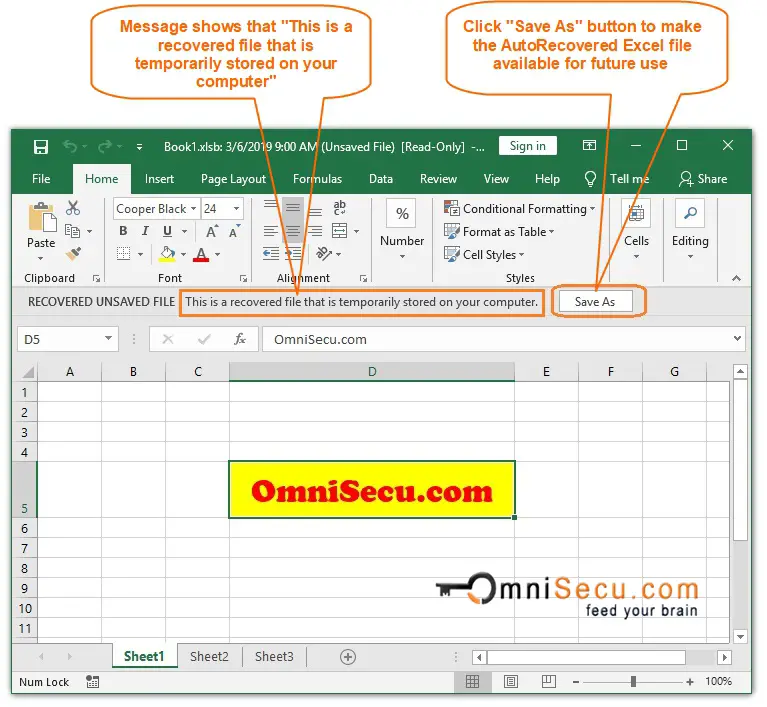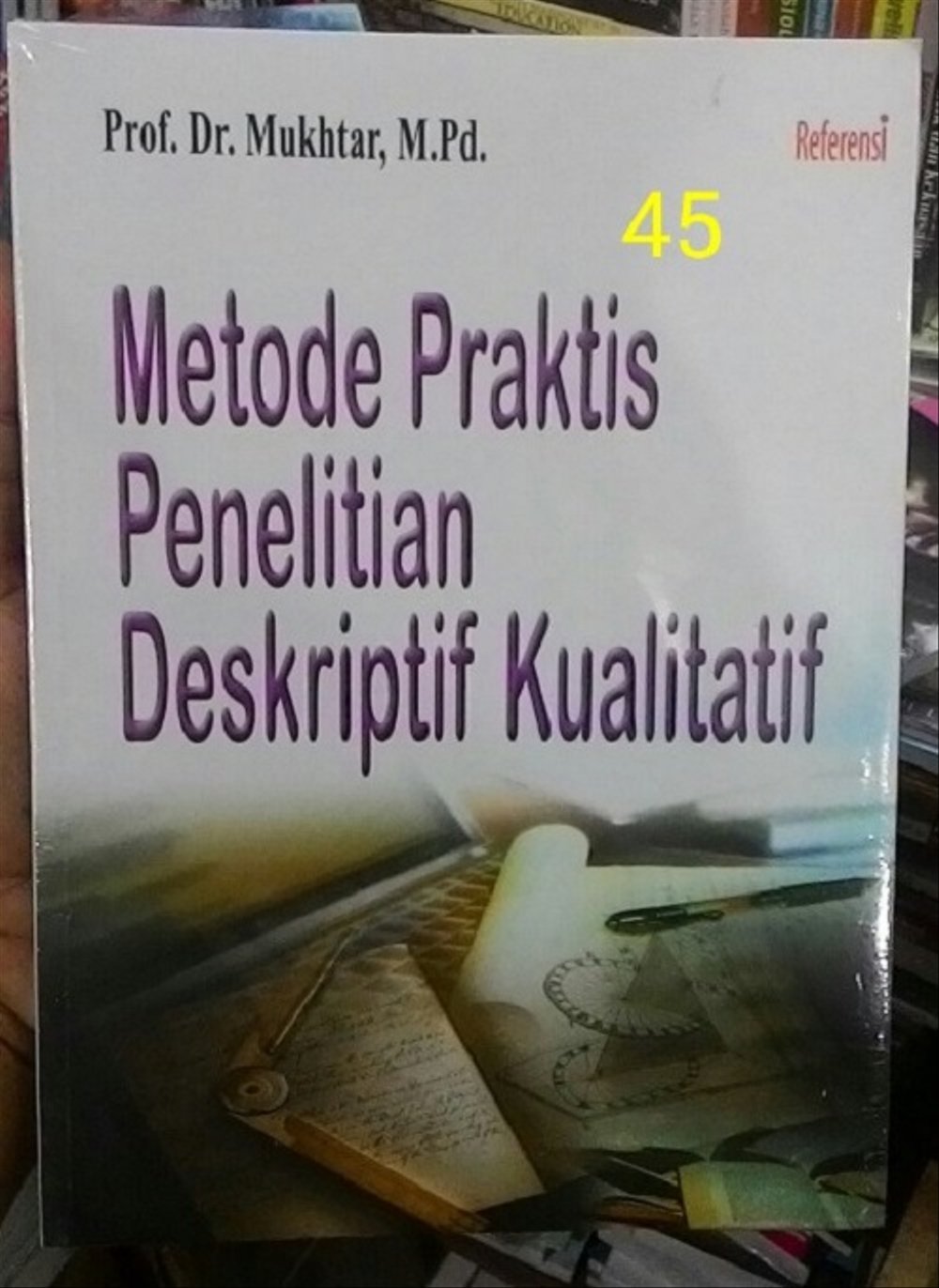

state occurs because function of brain stem & dien. base contains more centers vital to life (breathing, heart rate, etc.) Explain how patients in a vegetative state can have no damage to their cerebral cortex and yet lack awareness of their environment. fibers cross to the opposite side of the body thru the medulla Explain why trauma to the brain stem is often much more dangerous than trauma to the frontal lobes. Explain why the left side (rather than the right side) is affected. and basal nuclei, giving them their stripes (and therefore, its name) A brain hemorrhage within the region of the right internal capsule results in paralysis of the left side of the body. forebrain the diencephalon, including the thalamus, optic chiasma, and hypothalamus hindbrain the medulla oblongata, pons, and cerebellum forebrain the cerebral hemispheres What is the function of the basal nuclei? control voluntary movement What is the striatum, and how is it related to the fibers of the internal capsule? fibers of internal capsule pass thru dien. *STRUCTURE* *DESCRIPTION* hypothalamus site of regulation of body temperature and water balance most important autonomic center optic chiasma site where medial fibers of the option nerves cross corpora quadrigemina located in the midbrain contains reflex centers for vision and audition cerebellum responsible for regulation of posture and coordination of complex muscular movements thalamus important synapse site for afferent fibers traveling to the sensory cortex medulla oblongata contains autonomic centers regulating blood pressure, heart rate, and respiratory rhythm, as well as coughing, sneezing, and swallowing centers corpus callosum large commissure connecting the cerebral hemispheres fornix fiber tract involved with olfaction cerebral aqueduct connects the third and fourth ventricle thalamus encloses the third ventricle Designate the embryonic origin of each group as the hindbrain, midbrain, or forebrain. Using the letters in front of terms from question 5, match the appropriate structures with the descriptions given below. The caudate nucleus, putamen, and globus pallidus are collectively called the *basal nuclei*. A fiber tract that provides for communication between different parts of the same cerebral hemisphere is call a(n) *association* tract, whereas one that carries impulses from the cerebrum to lower CNS areas is called a(n) *projection* tract. *Note: The CBT-ABI program could also be used with people with other forms of acquired brain injury, however it has not yet been evaluated in a non-traumatic brain injury cohort.Gray matter is composed of *neuron cell bodies*.
Manual thebrain 9 trial#
This trial found that the inclusion of booster sessions, delivered 9 weeks after the Cognitive Behaviour Therapy program ended, was important for significant treatment gains to be observed. The CBT-ABI program has been evaluated in a randomised controlled trial which demonstrated that it was effective in improving depression and anxiety symptoms in adults with traumatic brain injury.


Links to videos demonstrating CBT-ABI skills are provided.
Manual thebrain 9 manual#
The manual is written in a practical, user-friendly way with tips for therapists to optimise their adapted Cognitive Behaviour Therapy practice with people with brain injury. A treatment decision tree is provided to assist therapists in selecting appropriate modules for the presenting symptoms, as well as general tips for delivering Cognitive Behaviour Therapy sessions effectively with people with brain injury. The CBT-ABI program consists of core and optional Cognitive Behaviour Therapy modules, each of which has its own set of handouts that are provided in both printed and electronic format. These adaptations include frequent repetition of information, regular reflective summaries, simplification of cognitive restructuring techniques, use of written/visual/electronic memory aids, co-therapy with family members, increased support with setting and completion of homework tasks, and inclusion of booster sessions after the main block of therapy. The manual provides detailed guidance on both content and processes for delivering Cognitive Behaviour Therapy that have been specifically adapted and tailored for people with brain injury-related cognitive impairment. This evidence-based therapist manual is suitable for use with adults with depression and/or anxiety following traumatic brain injury*. Written by Dana Wong, Ming-Yun Hsieh, Adam McKay, Kerrie Haines, Meaghan O'Donnell & Jennie Ponsford Cognitive Behaviour Therapy for anxiety and depression - Adapted for Brain Injury (CBT-ABI): A Treatment Manual


 0 kommentar(er)
0 kommentar(er)
